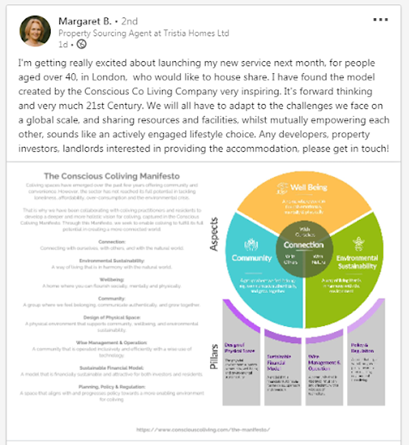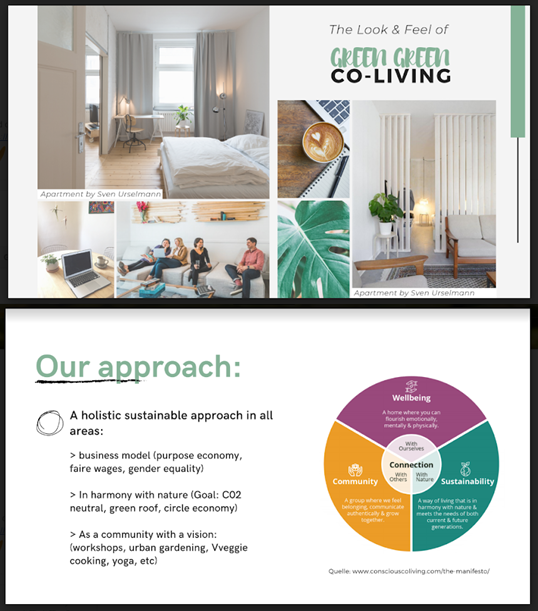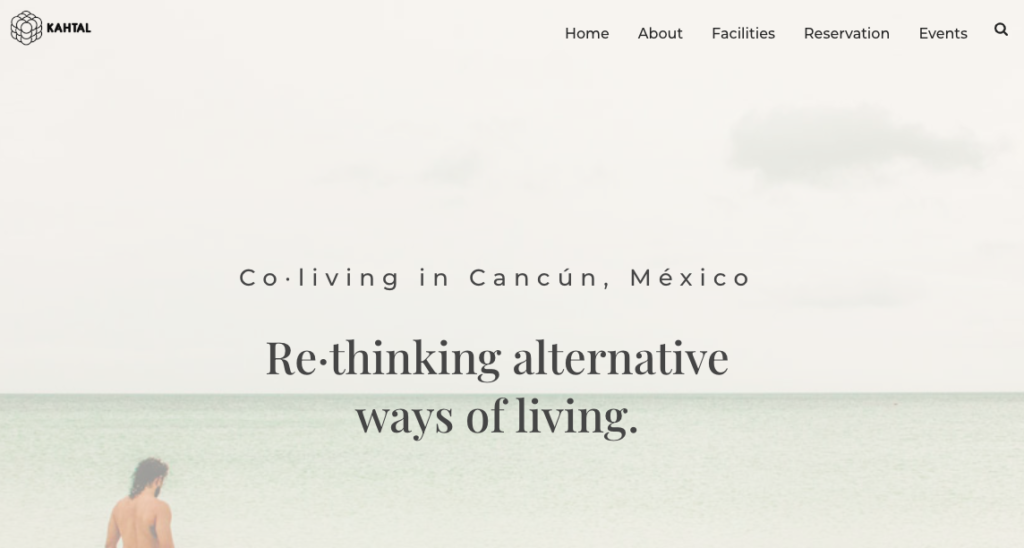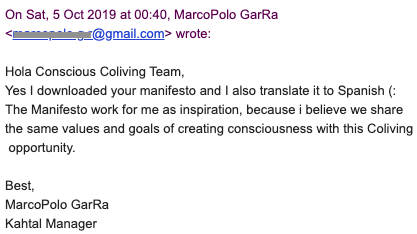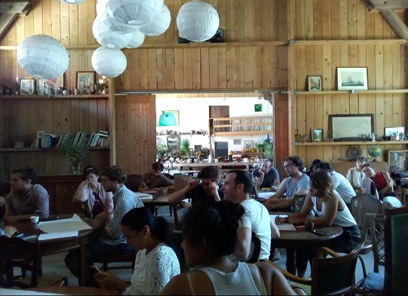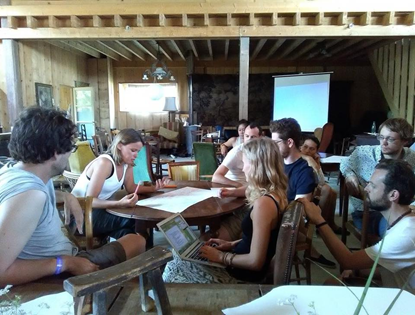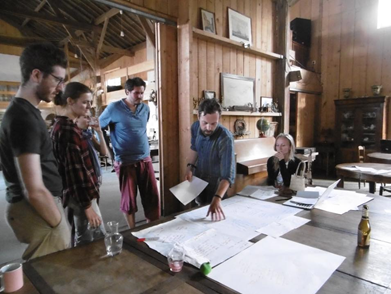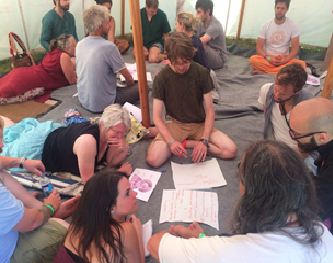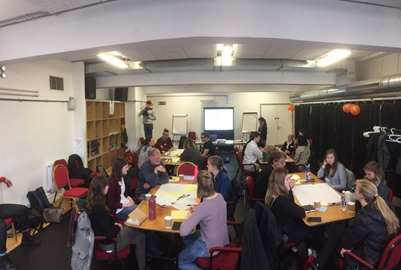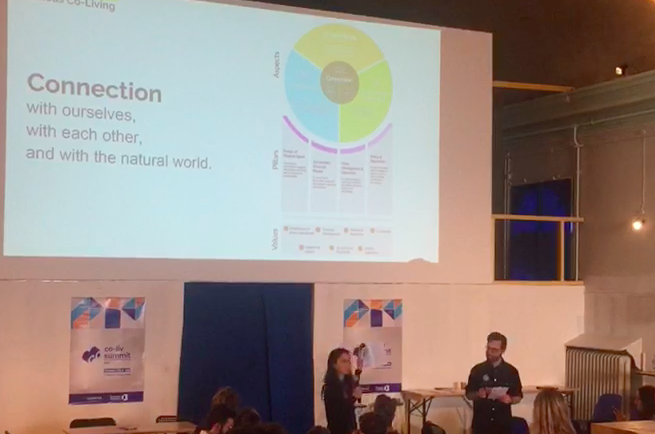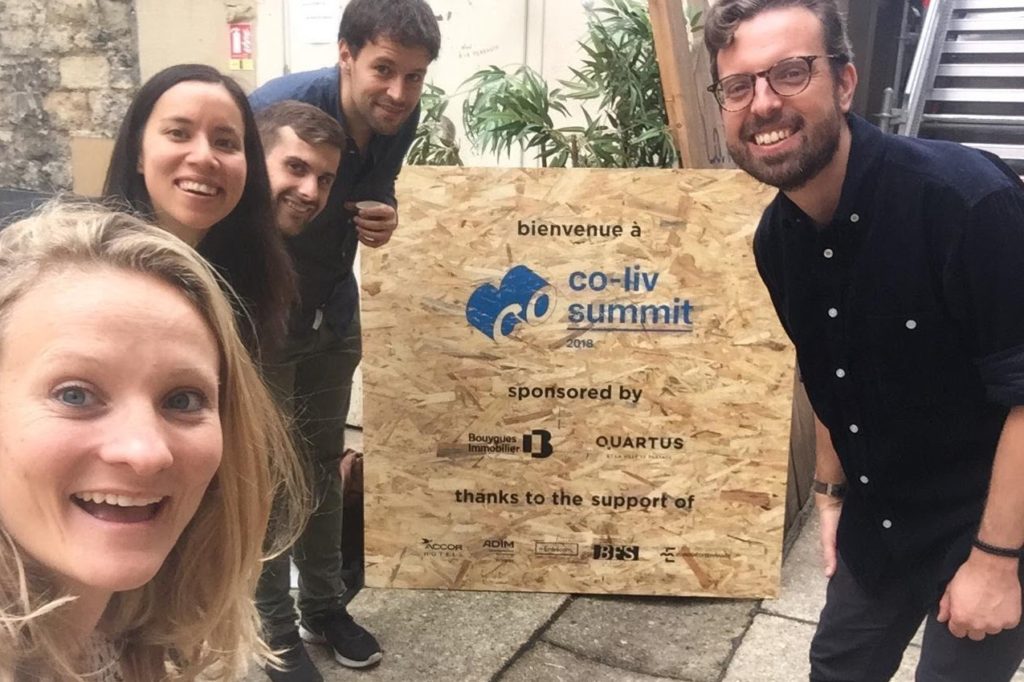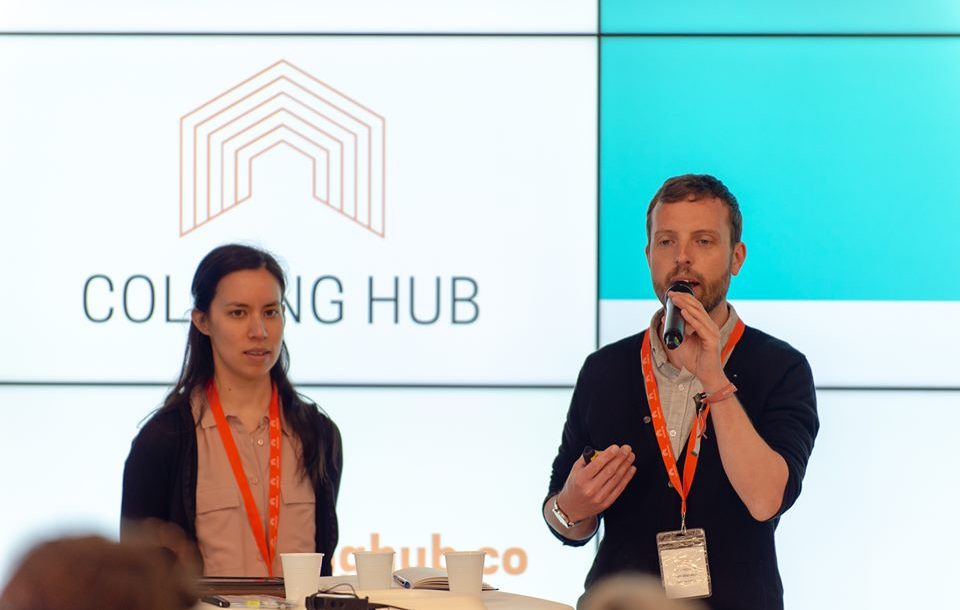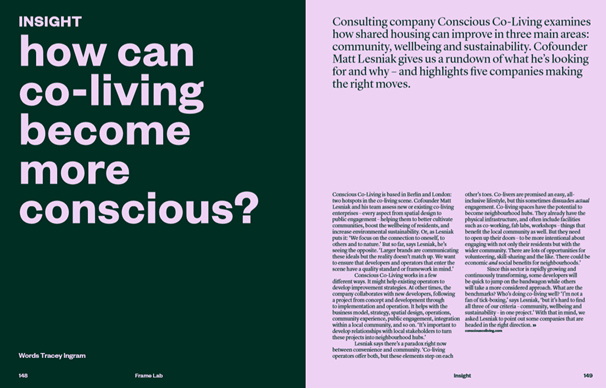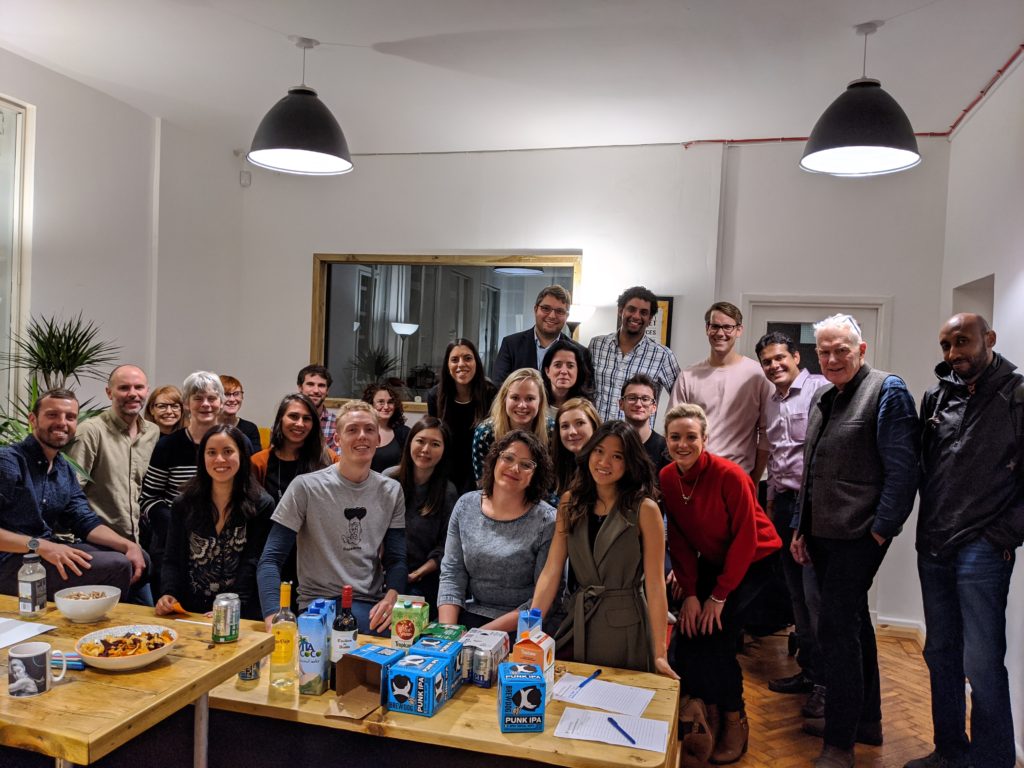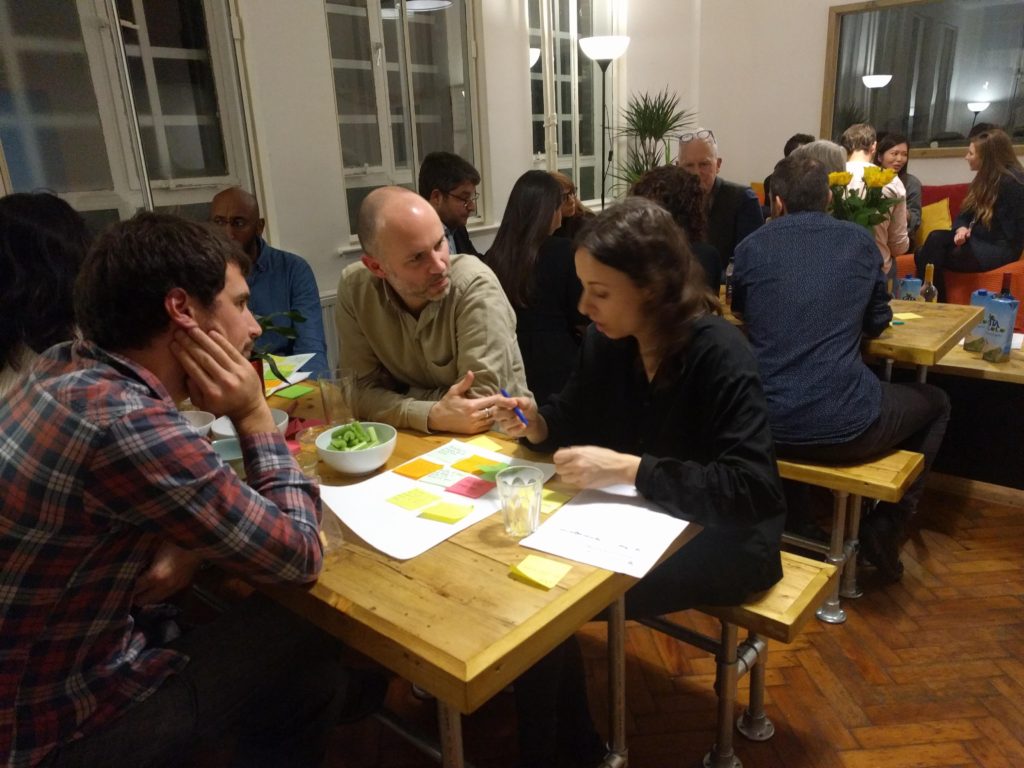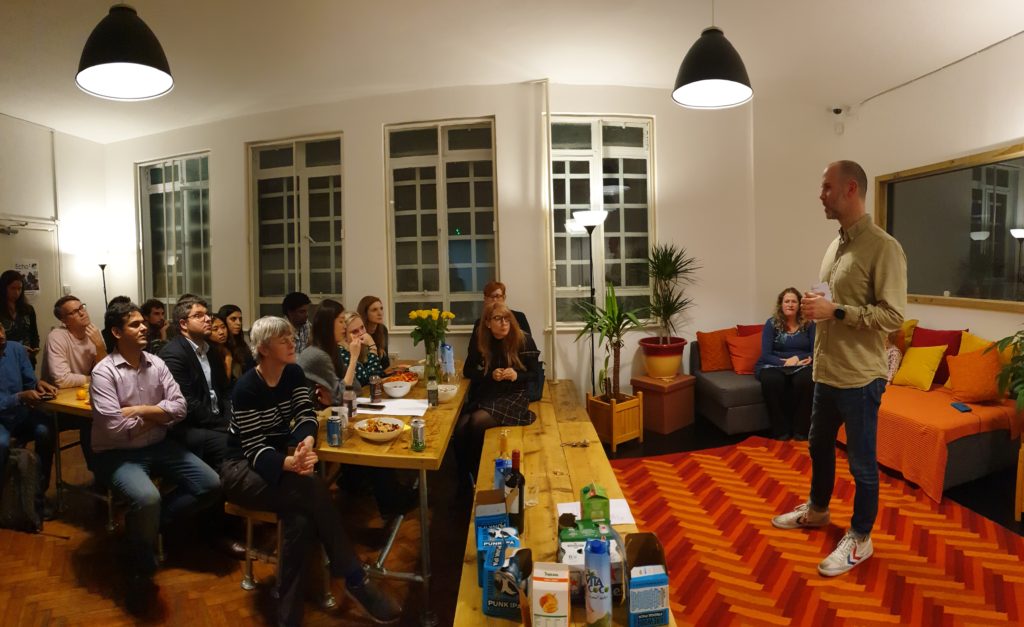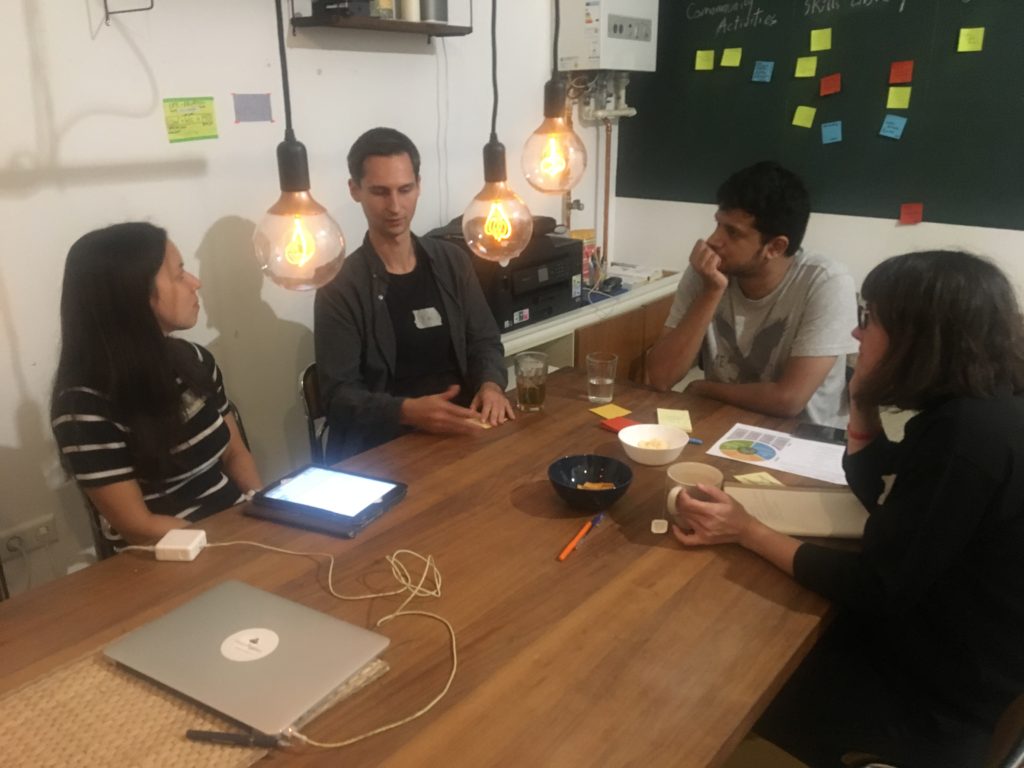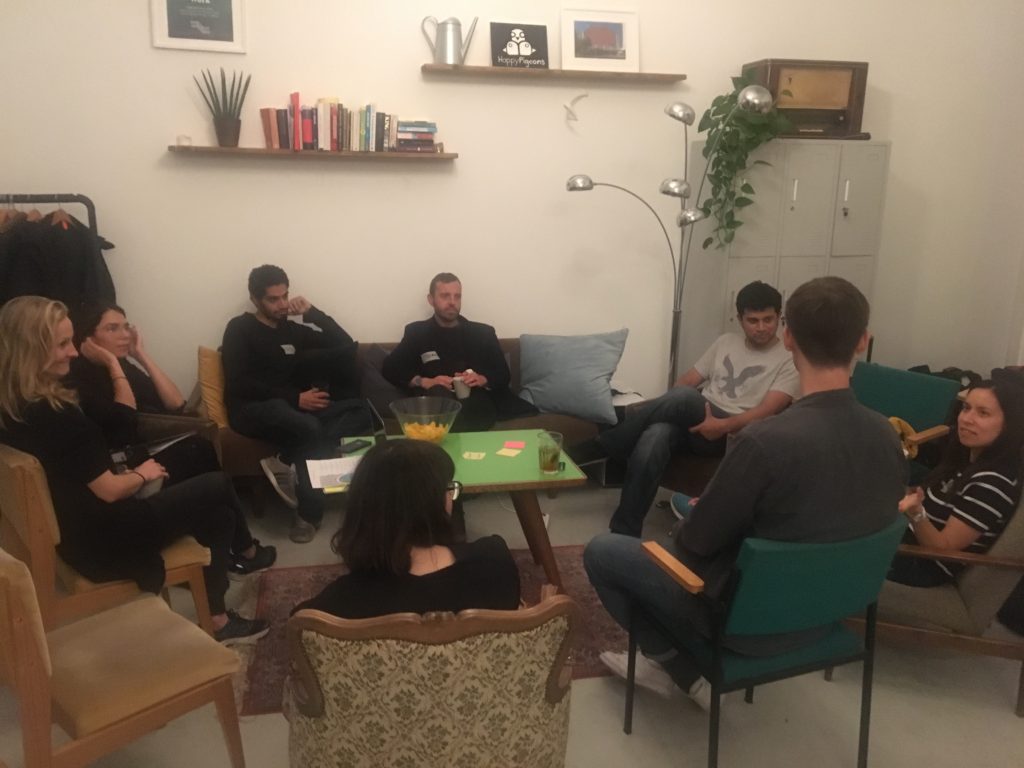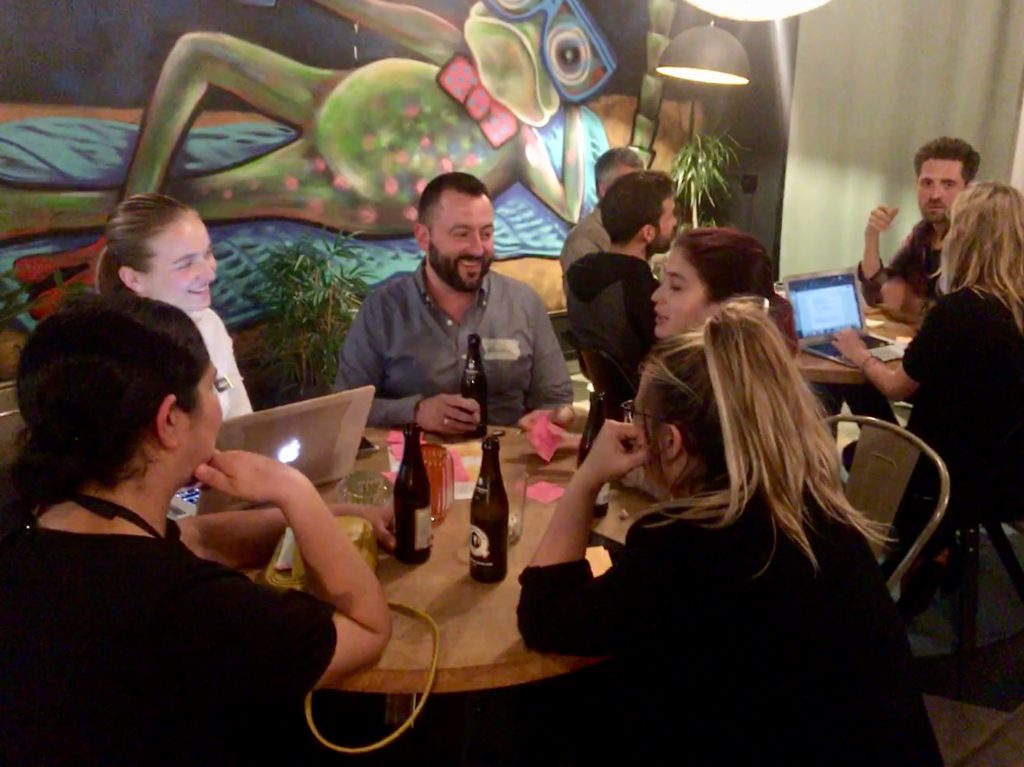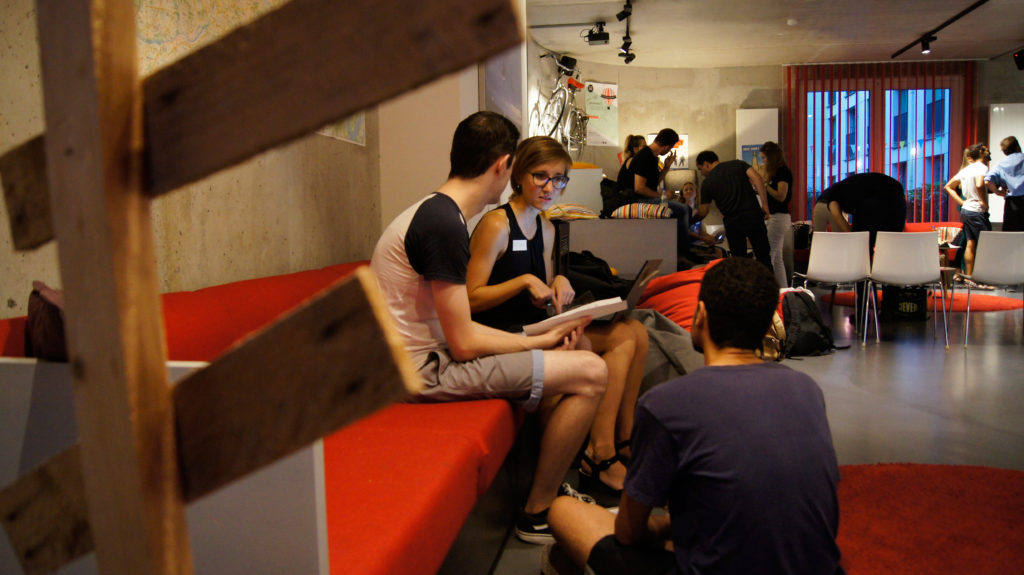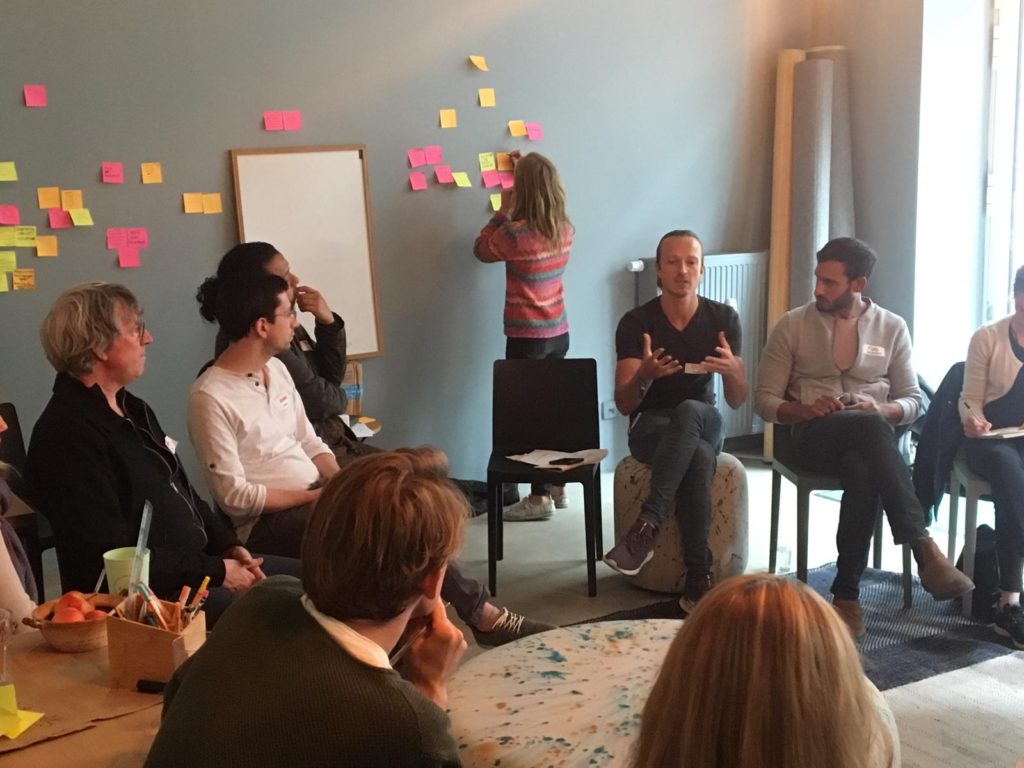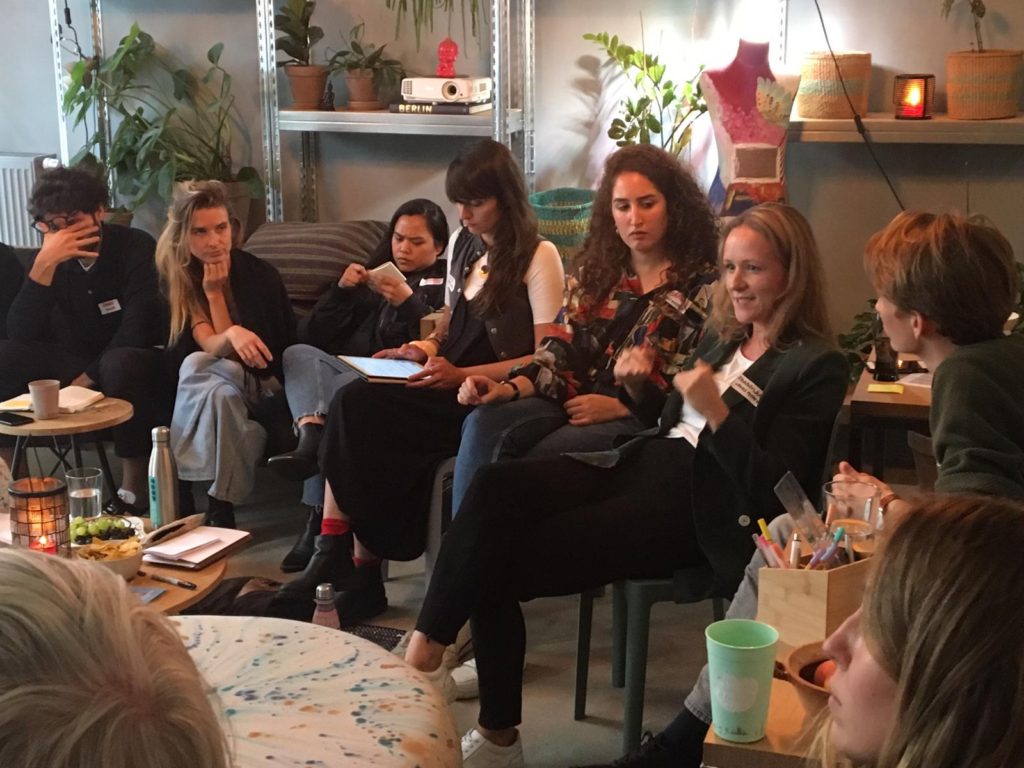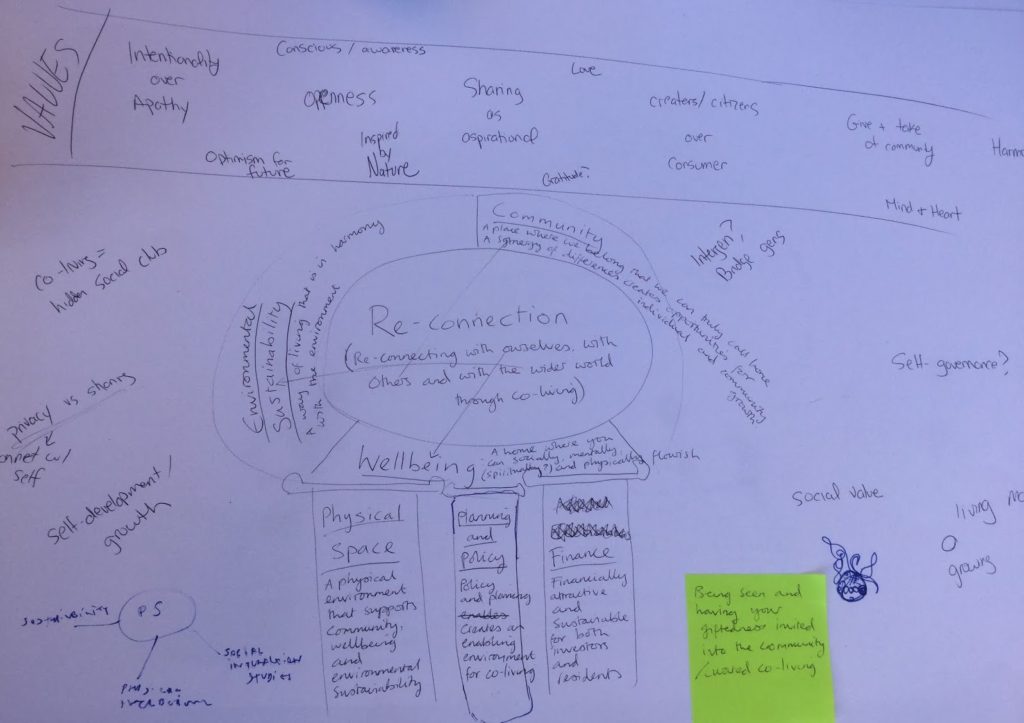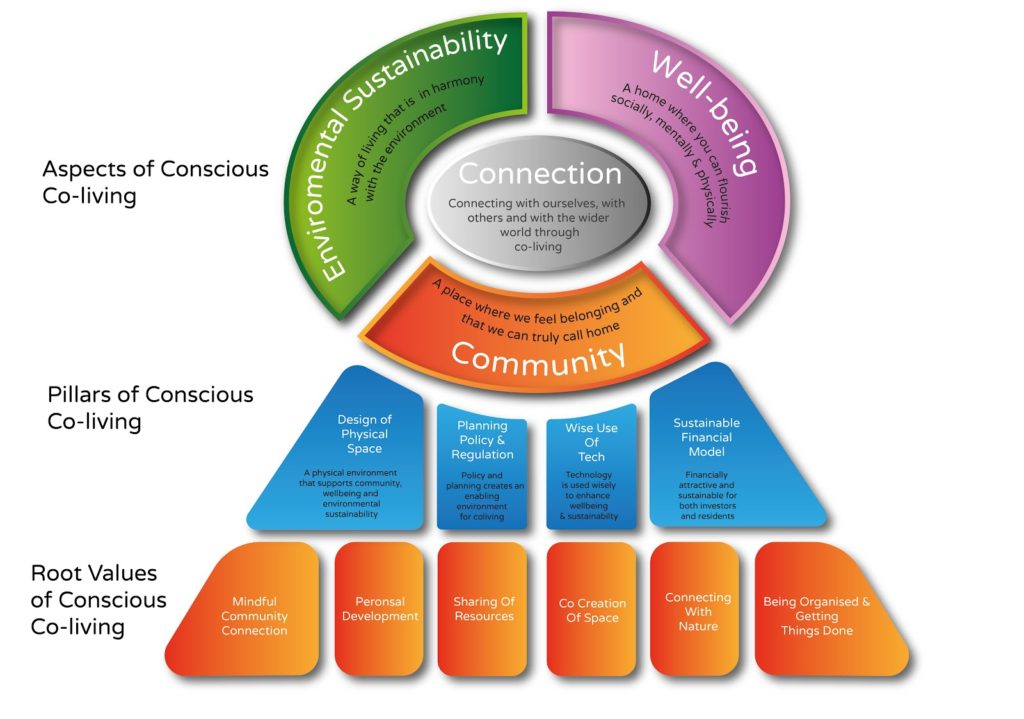We are happy to announce the relaunch of The Conscious Coliving Manifesto for 2020.
In this blog post, we detail what’s new, show how The Manifesto is being used within the coliving industry and beyond, and go into the history of its development.
The following gives an overview of the sections: ,
1. What is The Conscious Coliving Manifesto?
The Manifesto is an open-source framework for what we at Conscious Coliving see as the true potential of coliving. We believe that coliving can create connection with the self, with others and with the wider world through enabling wellbeing, authentic community and environmental sustainability.
The Manifesto shows how the three core aspects of wellbeing, community and sustainability are supported by the four pillars: aligned policy and regulation, a sustainable financial model, supportive spatial design and wise management and operation. We see these as the fundamental practical elements which must be well in order for a coliving community to thrive and to create a strong culture of connection.
The Manifesto is central to who we are as a business. It expresses our core beliefs and values and is what inspires us. It is our vision for the coliving industry.
2. What’s new for 2020?
For 2020, we wanted to further support coliving operators and developers in making the most out of The Conscious Coliving Manifesto open-source framework. Updates to The Manifesto include:
- Based on helpful feedback, we’ve re-ordered the pillars to better reflect the development process for coliving. These development stages are further elaborated on in our Services page.
- We’ve furthermore refined our definition of sustainability, as well as rethinking how we define aligned policy and regulation and a sustainable financial model.
- Finally, we’ve given The Manifesto a fresh lick of paint as part of our updated branding 😉
3. How has The Manifesto been used?
It has always been our wish that The Manifesto is open source, and we’ve had amazing feedback from many operators, developers and impact investors who have said that The Manifesto resonates with them.
We’re especially delighted that several coliving operators/developers who really care about community building have shared with us that they are using the Manifesto as a framework. It is really inspiring to see social value is alive within this new industry. Here you have a few examples:
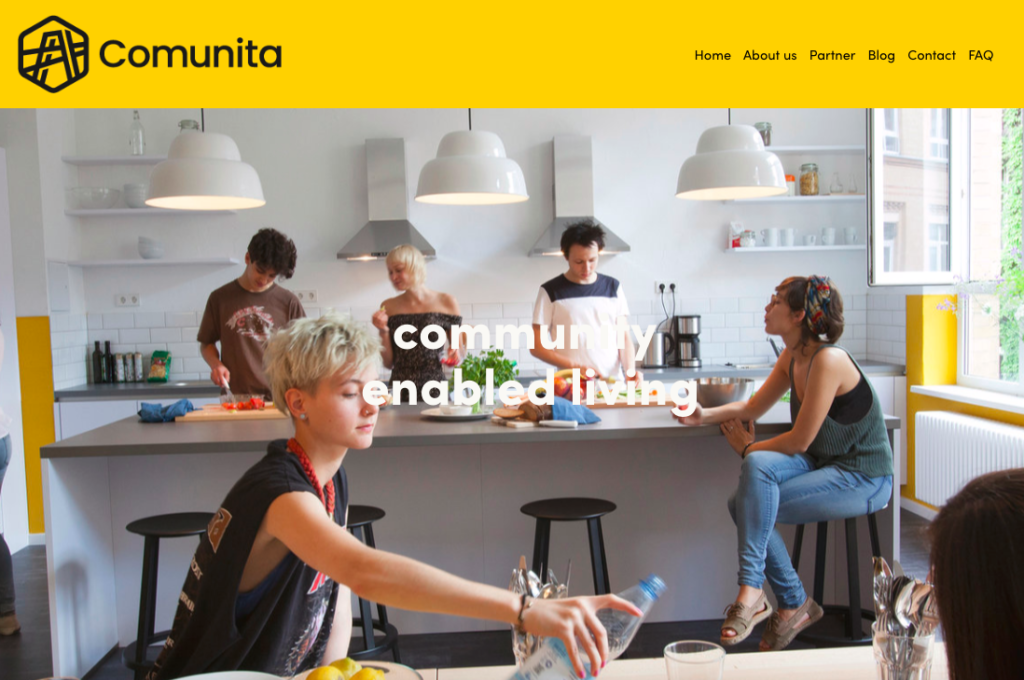


Upcoming coliving development Communita in New Zealand has published their own coliving manifesto inspired by The Conscious Coliving Manifesto.
Margaret of Tristia Homes Ltd., who is starting a coliving service for over 40s, shared that she was inspired by our Manifesto.
Sven Urselmann, who is planning to develop a sustainable coliving space, has also made The Manifesto a part of his concept.
Marco Polo Garra from Kahtal Coliving shared with us that he has been inspired by The Manifesto, and he even translated it to Spanish.
We’re so excited to see The Manifesto being adopted, and we hope that it can be an industry standard for good coliving practice.
Have you used The Manifesto in any way?
We will be excited to hear about how have you applied it,
so just get in touch and let us know 🙂
4. The History of the Conscious Coliving Manifesto
Back in 2017 we met as a diverse group of professionals from different industries, all with a shared interest in coliving, and with a belief in its potential to create a new living paradigm. We came together for a weekend-long sprint at the London Art Earth Tech coliving community, where together we visioned an “ideal” coliving community.
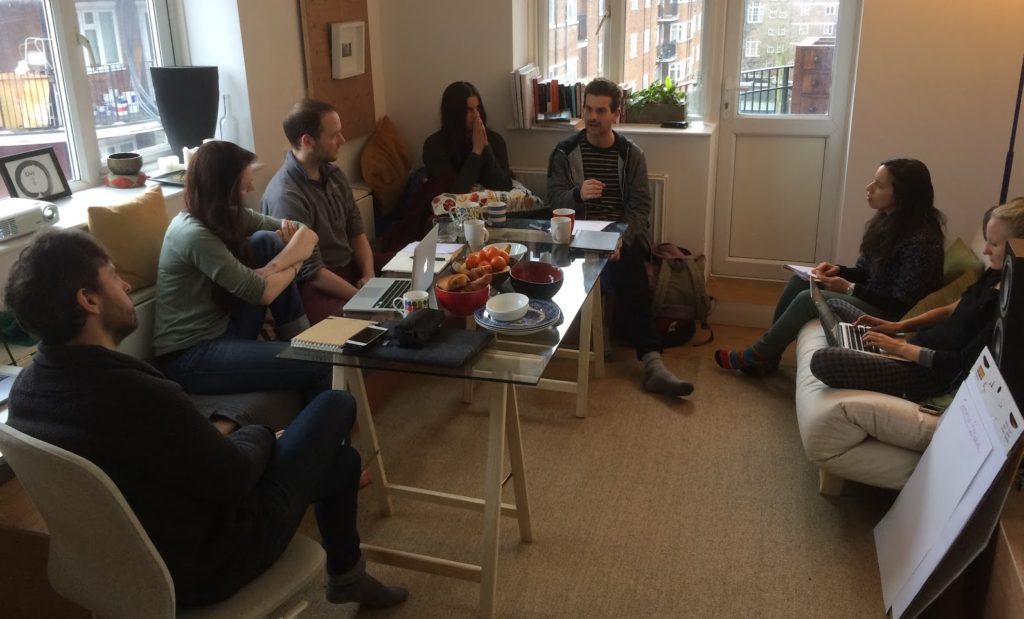
From there our interest and conviction around the potential benefits of coliving only grew.
After numerous sprints, discussions, research, and running workshops at several conferences and events, it became apparent to us that the industry lacked a uniting vision and standard.
We looked at all that we had collated and learned, and tried to see if we could decipher what the broader picture of coliving was, and why it was that we felt so inspired by it. It was then that inspiration struck! Coliving was about connection.
From there the vision behind The Manifesto became clear. We realised that much about modern urban life left us disconnected:
- Disconnected from ourselves as we are bombarded and distracted by constant stimuli, whether it comes in the form of social media, TV shows, work emails, WhatsApp messages, or constant advertising in public spaces;
- Disconnected from each other due to long working hours and commutes, and living far away from friends and family;
- Disconnected from the wider world – we live in an environment where energy comes at the touch of a switch and food is delivered to us by supermarkets (or a person on a moped!) – no wonder it’s difficult to feel how the natural world supports us and nourishes us.
We saw that coliving could help us reconnect. Simply put, coliving can offer:
- Connection with the self through creating time and space for wellbeing practice;
- Connection with others through nurturing authentic community;
- Connection with the environment around us, through creation of green space and community outreach projects.
However, there is also something deeper going on when a coliving community is flourishing, and it comes down to the community. When people learn to live as part of a community the positive effects radiate out and radiate in.
They radiate out: learning to live in community teaches you to care about something bigger than yourself. This encourages people to feel more acutely the impact they have on the world – whether that’s on their neighbourhood, on people living thousands of miles away, or on the natural environment. This is one reason why coliving can bring out a sense of environmental responsibility in people.
They radiate in: learning to live in a community shows you that you are not always right and that there is more than one way to do things. In living closely with people you perceive your own flaws, and through seeing yourself through the eyes of many others, you gain a deeper understanding of who you are. Knowing who you are is grounding, as is understanding and accepting your imperfections. This is one way in which coliving can create a deep sense of personal wellbeing.
The sense that connection is key to human happiness and environmental wellbeing led us to placing it at the heart of The Manifesto, with each core aspect (wellbeing, community, sustainability) making up a different kind of connection, though as we always see, these different layers are very much interlinked.
However, it was also important to us that The Manifesto was practical, which is why we added the supporting pillars. These pillars have changed over time as our knowledge and thinking about the industry has developed.
5. The Conscious Coliving Manifesto in events, conferences and publications
We launched The Manifesto at the 2018 Co-Liv Summit, and from there, the rest is history:
Since then we’ve continued to share our Manifesto with the coliving industry at events such as the Global Coliving Conference 2019 organised by Coliving Hub among others, as well as being featured by industry publications:
We’ve run several workshops based on The Manifesto, helping operators to embed social impact into their coliving developments. Also, we’ve held numerous Coliving Meetups, which allowed us to tap into the industry’s collective wisdom in order to gather additional insights to be inputed into The Manifesto framework.
During these Coliving Meetups operators and professionals have had opportunities to network and share knowledge on the core aspects of The Manifesto. These are The Manifesto related Coliving Meetups that have taken place so far, starting from the most recent one:
- Amsterdam Coliving Meetup: Coliving in 2030 – Future Trends in Shared Living
- Paris Coliving Meetup: Demystifying the Design Process
- London Coliving Meetup: Enabling Environmental Sustainability in Coliving
- London Coliving Meetup: Challenges and Strategies to Enable Wellbeing in Coliving
- Berlin Coliving Meetup: What are the Challenges to Coliving?
- London Coliving Meetup: Fostering Authentic Community in Coliving
- Berlin Coliving Meetup: How can Coliving Foster Environmental Sustainability?
- Berlin Coliving Meetup: How can Coliving Foster Wellbeing?
- Berlin Coliving Meetup: How Can Coliving Foster Thriving Communities?
6. The evolution of The Conscious Coliving Manifesto
Finally, we wanted to share the iterations that The Conscious Coliving Manifesto has gone through so far:
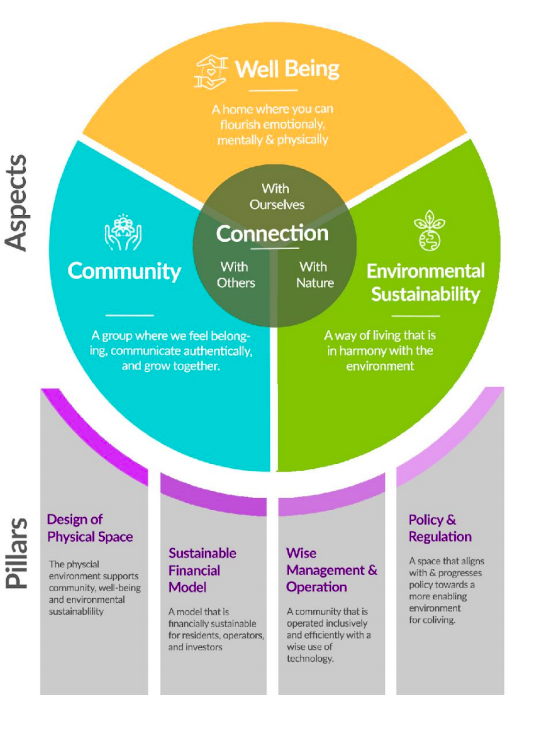
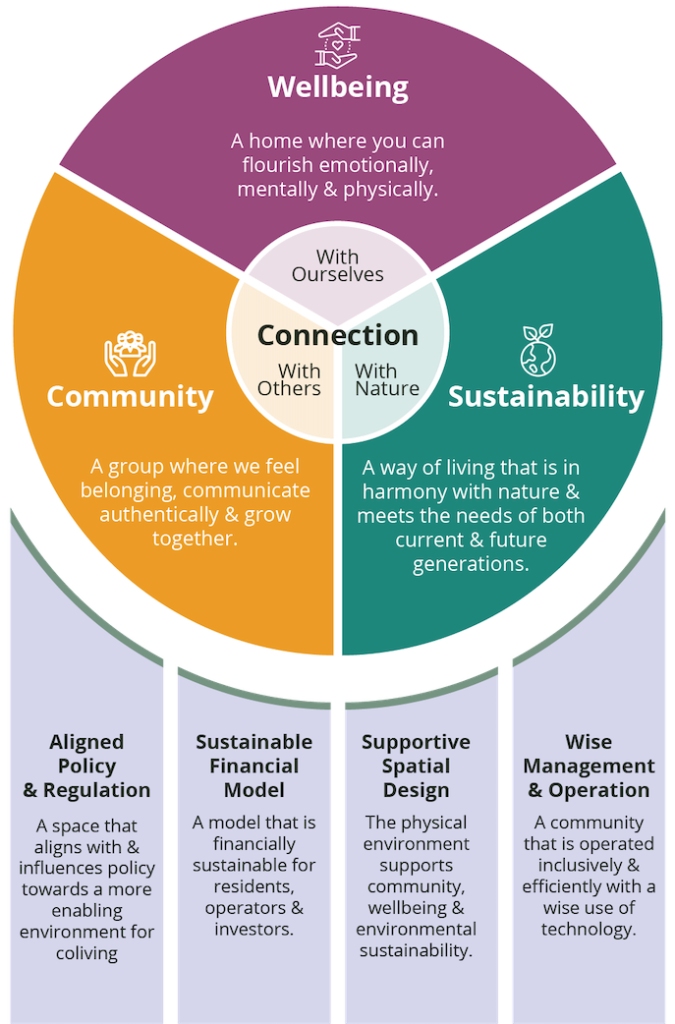
As you may have sensed by now, we’re proud of The Conscious Coliving Manifesto. But we also want it to keep growing and improving over time. So get in touch and tell us:
- What you think about it?
- Does it inspire you?
- Is there something you would change?
Finally, we have prepared for you:
- Explore how technology can support coliving communities in the Coliving Apps & Tech Guide.
- The Community Facilitation Handbook, ideal for community facilitation, community development and community management.
- An article con coliving design & architecture, specially focused on the age of Covid-19.
- Receive monthly coliving news, and subscribe to The Conscious Coliving Blog.
This article has been coauthored for you by:
Transformational Coach and facilitator. Trainer in mindfulness, sharing circles, and how to live and lead more consciously. Co-author of the Community Facilitation Handbook and the Coliving Apps & Tech Guide. Facilitates community engagement strategies.
Matt is responsible for designing community experience and impact strategies and measuring the social value of coliving communities. Matt is also a founding member and current Head of Community of Co-Liv and has worked for The Collective on their Impact Team.
Juan is a Communications Strategist, Project Manager, Systems Engineer, Team Coach and Executive Coach with an ontological/systemic approach. Co-author of the Coliving Apps, Software & Tech Guide and contributor of The Community Facilitation Handbook. He facilitates connection for individuals, teams, and communities.
